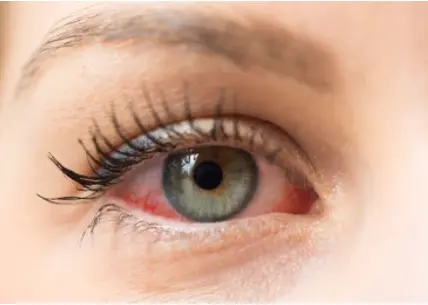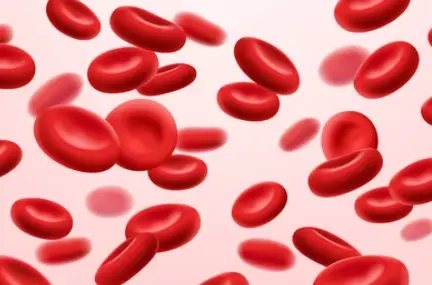 Welcome
Welcome
“May all be happy, may all be healed, may all be at peace and may no one ever suffer."
- A
- B
- C
- D
- E
- F
- G
- H
- I
- J
- K
- L
- M
- N
- O
- P
- Q
- R
- S
- T
- U
- V
- W
- X
- Y
- Z
Upper and lower respiratory tract infections - Generics
Upper and lower respiratory tract infections are common illnesses that affect the respiratory system, which includes the lungs, bronchi, trachea, and nasal passages.
Upper respiratory tract infections (URTIs) affect the nasal passages, sinuses, pharynx, and larynx. Common examples of URTIs include the common cold, sinusitis, and pharyngitis (sore throat). These infections are usually caused by viruses, although bacterial infections can also occur.
Symptoms of URTIs include coughing, sneezing, runny nose, congestion, sore throat, and mild fever. Most cases of URTIs are self-limited and resolve on their own within a few days to a week. Treatment may include rest, fluids, and over-the-counter medications to relieve symptoms.
Lower respiratory tract infections (LRTIs) affect the airways and lungs, and can be more serious than URTIs. Examples of LRTIs include bronchitis, pneumonia, and tuberculosis. These infections can be caused by viruses, bacteria, or other pathogens.
Symptoms of LRTIs may include coughing, wheezing, shortness of breath, chest pain, fever, and fatigue. Treatment for LRTIs depends on the cause of the infection and may include antibiotics, antiviral medications, or other treatments to manage symptoms and prevent complications.
Prevention of respiratory tract infections includes regular hand washing, avoiding close contact with sick individuals, staying home when sick, and getting vaccinated against viruses such as influenza and pneumococcus. Good respiratory hygiene practices such as covering the mouth and nose when coughing or sneezing can also help prevent the spread of respiratory infections.
In summary, respiratory tract infections can range from mild to severe and can affect different parts of the respiratory system. Understanding the symptoms and causes of these infections is important in order to manage symptoms, prevent complications, and promote overall respiratory health.

Macular Degeneration

Op deute myeloid leukemia

Cracked and itchy skin

Resuscitation

Cerebral palsy

Seborrheic dermatitis of...

Eclampsia

Preserve blood specimens
Upper and lower respiratory tract infections, উচ্চ এবং নিম্ন শ্বাস নালীর সংক্রমণ
To be happy, beautiful, healthy, wealthy, hale and long-lived stay with DM3S.